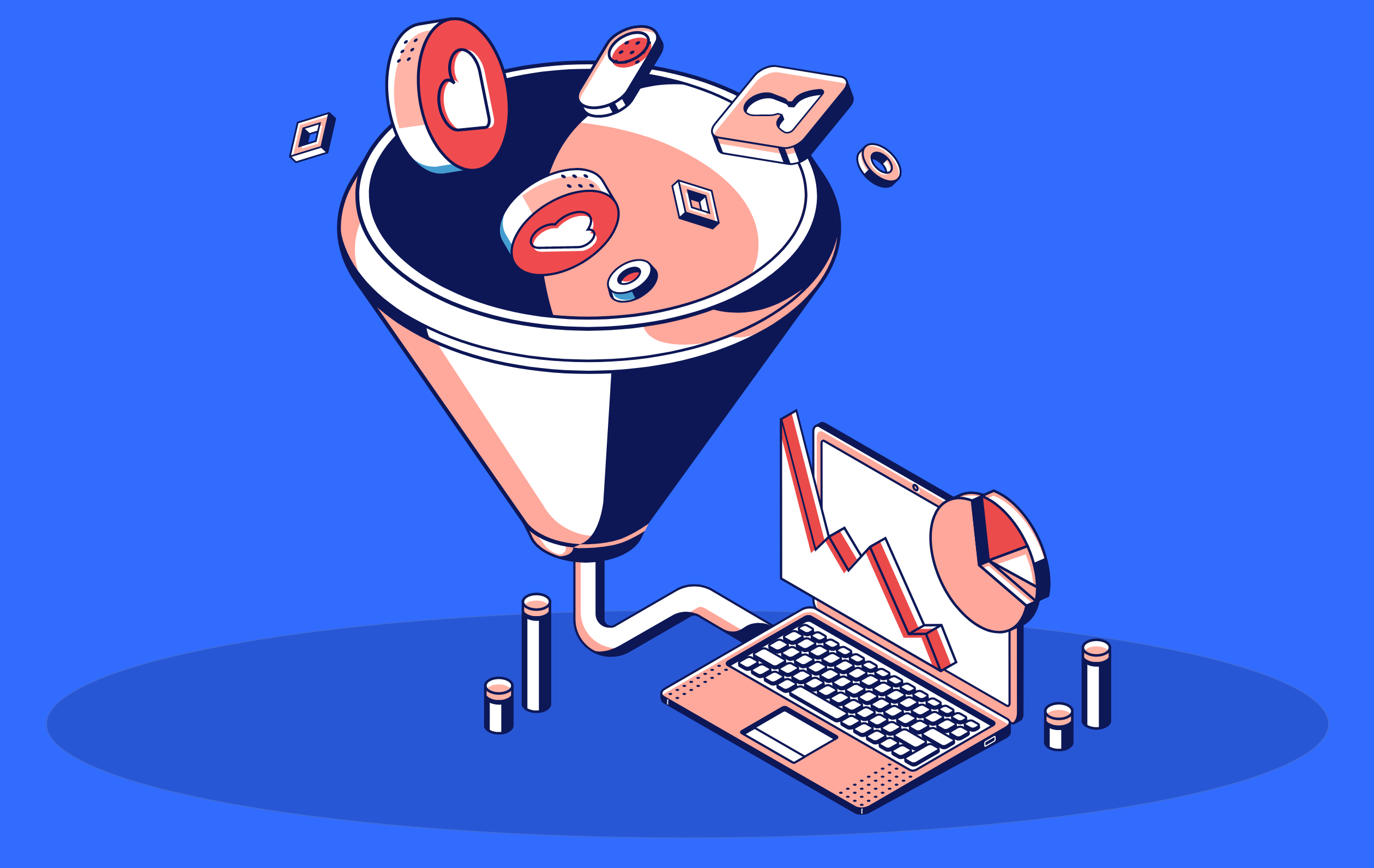By Tom Wintaugh | July 31, 2023

See why top ecommerce brands use Miva’s no-code platform to run
multiple stores, manage massive catalogs, and grow their revenue.
Every ecommerce business shares a common goal—converting visitors into customers—but the best route to optimize for online conversions varies significantly based on the type of business, and more importantly, the type of customer that business serves. Many retail conversion techniques don’t adequately address the way B2B buyers actually like to make purchases. For wholesalers or manufacturer-brands who sell to other businesses, B2B conversion rate optimization requires a deep understanding of what drives the B2B shopping journey. In this blog, we’ll look at the specific challenges and priorities of converting B2B sales.
All conversion optimization starts with understanding what drives customers to seek products and complete purchases. What are the primary motivations of any given audience, what problems are they trying to solve, and what parts of a shopping experience actually stand in the way of successful purchases? These answers will be very different for professional B2B buyers versus retail consumers.
1. Different buying cycles:
B2B buying decisions are typically more methodical than consumer choices. Organizations need to assess the long-term value of a product or service—this might require an extended evaluation process with many touchpoints. B2B decisions might also involve multiple stakeholders, with different parties holding distinct concerns and criteria. Before committing, B2B buyers often need more comprehensive information, like detailed specs, case studies, and demos. B2C decisions are generally made by individuals.
Conversely, B2C purchasing is often characterized by immediacy. An individual consumer might see a product they like and make a quick purchase decision based on emotions or current trends.
2. B2B relationship emphasis:
B2B ecosystems thrive on sustained relationships. One successful sale could lead to continuous business over years, so trust, reliability, and the quality of the post-purchase experience play a big role in influencing conversions.
3. Custom solutions & pricing:
As every purchasing organization has unique needs, B2B providers often offer customized solutions for their buyers, which then serve as conversion drivers. We wrote more about how customized ecommerce fits into B2B strategies here. This might include negotiated pricing or quantity discounts by account. B2C products typically require less of such customization and tend to be standardized by design and price.
When optimizing for conversions, several types of customer data are crucial to analyze for insights. These data points help businesses understand customer behavior, preferences, pain points, and interactions with the brand, leading to more effective B2B conversion rate optimization strategies. Some essential types of customer data to consider are:
Lead Source: Understanding which channels are driving qualified leads helps allocate resources and prioritize where to focus marketing efforts to set the stage for conversion. Read more about B2B channels here.
B2B Purchasing Journey Analysis: Analyzing the B2B purchase journey and identifying touchpoints where leads interact with the brand can reveal opportunities for improving the conversion process.
Account-Based Data: Analyzing key account metrics, engagement levels, and purchase history provides valuable insights into how high-value clients like to shop, and can guide targeted conversion strategies.
Content Performance: Evaluating how content resonates with clients helps refine marketing initiatives and set content budgets, as well as identifying areas where content fails to motivate a conversion.
ROI and Customer Lifetime Value (CLV): Understanding these longer-term sales results provides big picture feedback on the success of resource allocation. For a deeper discussion about ecommerce ROI, click here.
One of the main differences of B2B vs B2C buying experiences is the actual ordering process, including how many steps are required to complete transactions, sales team interaction, types of content, page layout look and feel, and checkout flow.
Customizing the ordering process to specifically address B2B buying needs is a strategic approach that can set the stage for more conversions. By tailoring processes, forms, customer service, and follow-up to meet the preferences of B2B buyers, sellers can enhance the overall customer experience and drive more successful conversions. Here are some effective ways to make ordering more conversion-friendly for B2B buyers:
1. Self-Service Account Management:
B2B buyers often need access to various account data, such as their detailed order history, payment terms, tracking, and communications with customer service. Giving customers the ability to see their shopping history and set preferences for account settings can connect them more quickly with the info they need to complete a purchase. Having easy access to this information streamlines the reordering process, making it more convenient and efficient for B2B buyers to repeat their purchases.
2. Quick Order Forms:
In the B2B space, buyers often need to purchase items in bulk or make large orders frequently. Quick order forms, wherein B2B buyers can repeat previous orders or input product SKUs directly, make it easy to place sizable orders rapidly and accurately. Simplifying the ordering process reduces friction and enhances the user experience, leading to increased conversions.
3. Volume Discounts and Flexible Pricing:
The ability to customize pricing for individual buyers can help meet the specific budgetary requirements of different businesses and be a powerful conversion-driver. Pricing flexibility based on quantity, frequency, or bundles can encourage B2B buyers to place larger orders to take advantage of cost savings.
4. Subscriptions and Automated Reordering:
Many B2B buyers have recurring needs for certain products or services. Implementing automated recurring orders or subscription services ensures that essential items are regularly restocked without the need for manual reordering. With automatic ordering, sellers can cultivate customer loyalty and ensure steady revenue going forward.
5. Price Quotes:
B2B buyers often have to get approval for purchases in advance with documented pricing. Instant price quotes not only provide information to customers, but can also expedite the decision-making process. We wrote more about why price quotes are a B2B business’ secret weapon here.
In this comprehensive guide, we listed 15 of the most broadly effective ecommerce conversion-driving website techniques. Most of these, such as powerful CTAs, intuitive site organization, streamlined checkout, and adding product specs, can all provide positive benefit for conversions. The goal is to modify and adapt these techniques with the B2B customer journey in mind.
Why site speed is important for B2B conversions: A fast-loading site is a non-negotiable in today's ecommerce economy, especially for B2B businesses which rely upon being the most efficient and least hassling option for their customers. Slow-loading pages don’t just slow down purchases, they actually can prevent purchases from happening. Furthermore, as site speed directly impacts SEO rankings, slow pages can prevent shoppers from even finding your website in the first place.
Understanding the B2B buyer process and the B2B sales cycle is essential for effective CRO. While some common B2C conversion tactics can be adapted, it's crucial to recognize the distinct factors that drive B2B decision-making, such as personalized account management, customized solutions/pricing, and in-depth product information. Merchants should take cues from their customer data and tailor site design, content marketing, and the ordering process to meet the unique needs of these buyers. In doing so, businesses can create a seamless online experience that specifically maximizes conversions for B2B.

Katy Ellquist, Miva’s Digital Marketing Strategist, is an accomplished writer, marketer, and social media analyst who has created sophisticated content campaigns for a broad range of professional clients. She brings to Miva a complex understanding of ecommerce trends and techniques, building upon extensive digital agency experience and a prior role as direct liaison to Miva’s top accounts. Katy is a regular contributor to the Miva blog, covering essential ecommerce topics like design & development strategy, site optimization, and omnichannel selling, with the goal of increasing the actionable knowledgebase of the entire Miva community.
Love it? Share it!
No worries, download the PDF version now and enjoy your reading later...
Download PDF